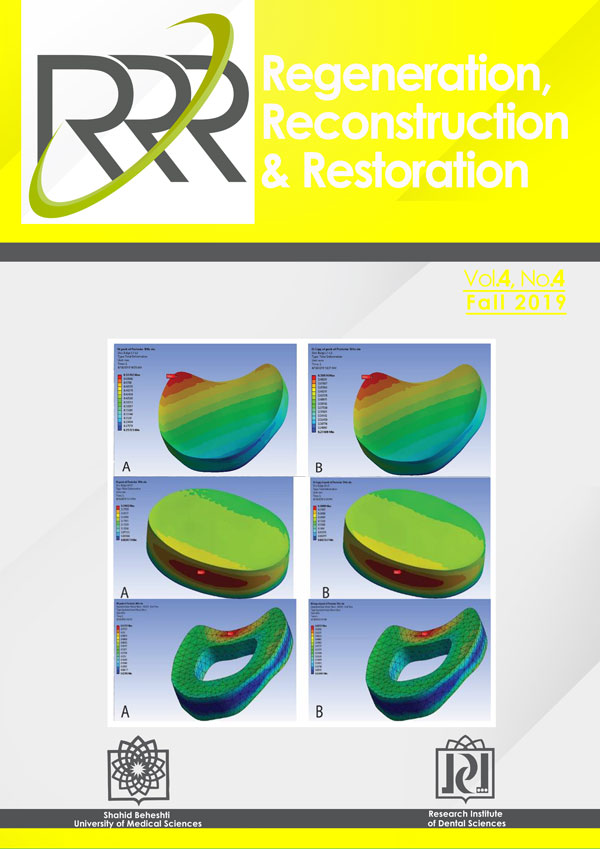Orbital and Preseptal Cellulitis: Epidemiology, Etiology, and Management
Journal of "Regeneration, Reconstruction & Restoration" (Triple R),
Vol. 4 No. 4 (2019),
14 March 2020
,
Page 142-147
https://doi.org/10.22037/rrr.v4i1.26606
Abstract
Introduction: Considering the little evidence regarding peri-orbital infections, this study was aimed to obtain information about the epidemiology, etiology, and management of orbital infections.
Material and Methods: In this retrospective investigation, all patients with peri-orbital infection who were hospitalized in a tertiary ophthalmologic center in AL-Zahra hospital, Isfahan, Iran from 2008 up to 2018 were identified. Documented data and radiographic images were extracted. The data regarding epidemiology, etiology and disease course was analyzed.
Results: Sixty nine patients (35 males, 34 females) with the age range between 3 months to 85 years were included. Preseptal cellulitis was recorded in 53 cases (76.8%) and orbital cellulitis was seen in 16 cases (23.2%), and the proportion of preseptal to orbital was 3.3 to 1. The mean duration of hospitalization in patients with preseptal cellulitis was 6.38 ±, 4.59 days and in patients with orbital cellulitis was 12.44 ±, 9.63 days. Most patients with preseptal cellulitis were treated by medication therapy (71.7%), while the orbital cellulitis were often treated by surgical procedures (56.2%). Sinusitis was the main cause of both preseptal and orbital cellulitis in all age groups, except infants under 1 year, which dacryocystitis was identified as primary factor.
Conclusions: The prevalence of peri-orbital infection was higher in children. The prevalence ratio of preseptal to orbital cellulitis was 3.3:1. The main etiologic factor was sinusitis. There is no agreement for the treatment modalities of peri-orbital infections and the timing of surgical intervention. Continuous evaluation of treatment course, both clinically and radiographically is important. Reassessment is recommended when improvement is not seen after 6-7 days of treatment.
- Orbital Abscess
- Orbital Cellulitis
- Preseptal Cellulitis
- Sinusitis
How to Cite
- Abstract Viewed: 349 times
- PDF Downloaded: 199 times
